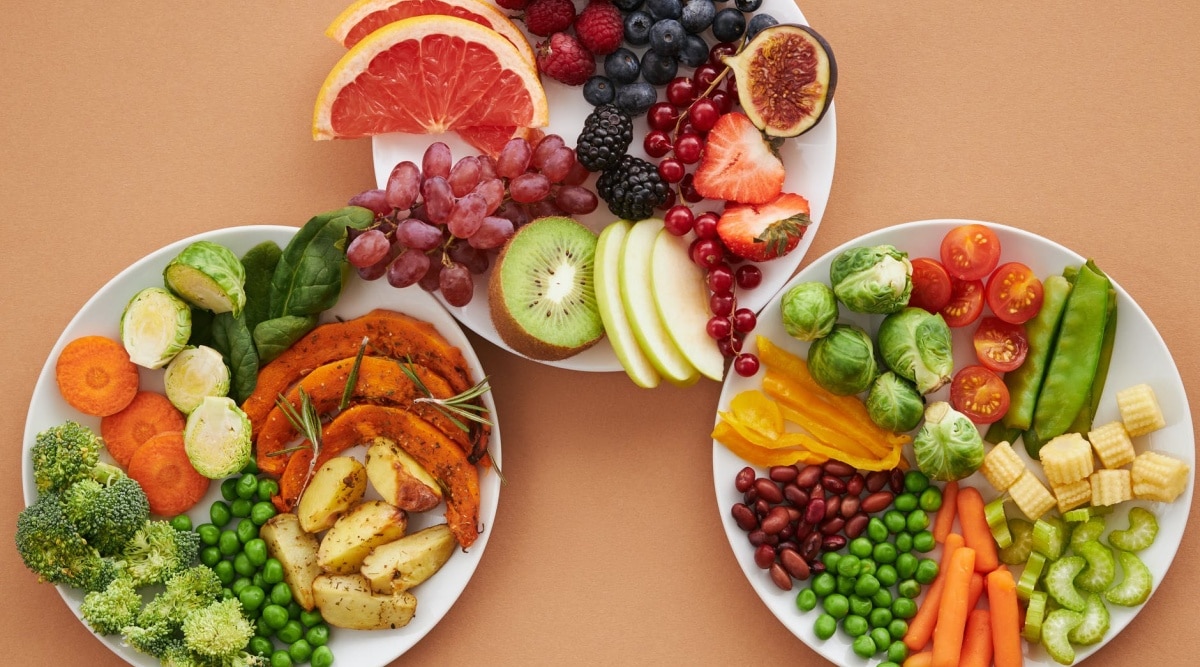Life in 50s: Weight loss is challenging, but not impossible

“Eat less non-vegetarian food at this age.”
“Do you still need strength training at this age?”
These are some common suggestions given to people in their middle age. Consequently, some people either begin to eliminate nutritious food groups from their daily diet without consulting a nutritionist or do not bother at all and eat whatever they want without assessing the health outcome. Life in your 50s can be challenging. These challenges are exacerbated for post-menopausal women due to hormonal changes.
After 50, many people find it difficult to maintain a healthy weight. Ageing makes it more difficult to lose excess body fat. Sedentary lifestyles, metabolic changes, and poor diets are some of the factors that contribute to weight gain. In an effort to maintain a healthy body weight, many people eliminate a number of food groups from their diet, which unfortunately leads to nutritional deficiency, muscle loss, sleep disturbances, fatigue, and weakness.
This column explores six easy ways to promote healthy weight and hacks to stay fit at any age, even in your 50s.
Know your numbers: Body Mass Index (BMI) may not be an ideal method to determine whether you are overweight or obese when you are in your 50s. The National Institutes of Health recommends that older adults keep their BMI between 25 and 27, rather than under 25. NIH recommends maintaining a BMI above 25 to prevent bone thinning. Keep track of your body weight with a digital weighing scale to prevent excessive weight gain. Your waist circumference is another important indicator of your health. Both men and women accumulate belly fat as they reach middle age. An excess of abdominal fat increases the risk of non-communicable diseases such as type-2 diabetes and cardiovascular diseases. In your 50s, you should undergo an annual or six-monthly health checkup to stay informed of your overall health status.
Combine workouts: Regular physical activity is recommended for all. In your 50s, strength training is more important to prevent sarcopenia, a process in which your muscle mass declines. It is estimated that your muscle mass decreases by about 1–2 per cent per year after the age of 50, while your muscle strength declines by about 1.5–5 per cent per year. Adding strength training to your daily exercise routine is crucial to reduce the risk of sarcopenia as you age. Additionally, it helps reduce body fat and increases metabolism to keep you in better shape. Cardiovascular exercises such as brisk walking, jogging may also help boost your stamina.
Focus on what you eat and how much: Consume nutrient-dense foods. Weight loss often requires a calorie deficit but not all calories are the same, so what you eat is more important than how much. In your 50s, nutritional needs change due to a reduced calorie intake, medications, chronic health conditions, muscle loss and such.
 It is important to have a rich diet (Source: Pexels)
It is important to have a rich diet (Source: Pexels)
Fill your plate with whole foods that will keep you full for longer: Nuts, seeds, lean protein, whole grains, legumes, probiotics, green vegetables, leafy greens, low-sugar fruits, etc. Increase protein intake to prevent age-related muscle loss and promote healthy weight loss. In a 2018 study, to help older individuals maintain muscle mass, resistance training and high protein diets were recommended. Significant improvements were observed in muscular strength, muscular endurance, aerobic capacity, markers of balance and functional capacity, and several health markers across all groups. The researchers found older females who took part in a resistance-based exercise program with a higher protein diet tended to lose more weight than those who consumed a higher carbohydrate diet.
Avoid heavy-carb loaded meals, refined sugar, sugar-sweetened beverages as they provide empty calories and minimum nutrition. A high-calorie, high-carb diet at older age increases the risk of multiple diet-related non-communicable diseases including type-2 diabetes, hypertension, obesity, etc.
Move more: ‘Sitting is the new smoking.’ Find ways to increase your non-exercise activity thermogenesis or NEAT. Physical movement that isn’t planned exercise or sports (or sleeping, breathing, and eating) qualifies as NEAT. Sometimes, it is called non-exercise physical activity or NEPA. NEAT can be achieved by cooking, shopping, dusting, walking the dog, walking while speaking on call, taking a stretch-break every one hour, etc. These activities add to the total daily activity and help increase your metabolism.
Get sound sleep: Research shows not getting enough quality sleep is one of the major roadblocks to your weight loss efforts. In fact, long-term sleep deprivation may lead to obesity as well. Aim to ensure 7 to 9 hours of quality sleep per night by avoiding gadgets or electronic devices before bed, minimising light in your bedroom, and avoiding heavy-spicy meals or caffeine right before bed.
In a nutshell – As we age, we need to focus on lifestyle, changing one habit at a time. Aging is inevitable, but how we age and keep our productivity high is up to us. It may seem that eating well, sleeping well and exercising are regular occurrences, but they are factors in good health and optimal performance.
? For more lifestyle news, follow us on Instagram | Twitter | Facebook and don’t miss out on the latest updates!

